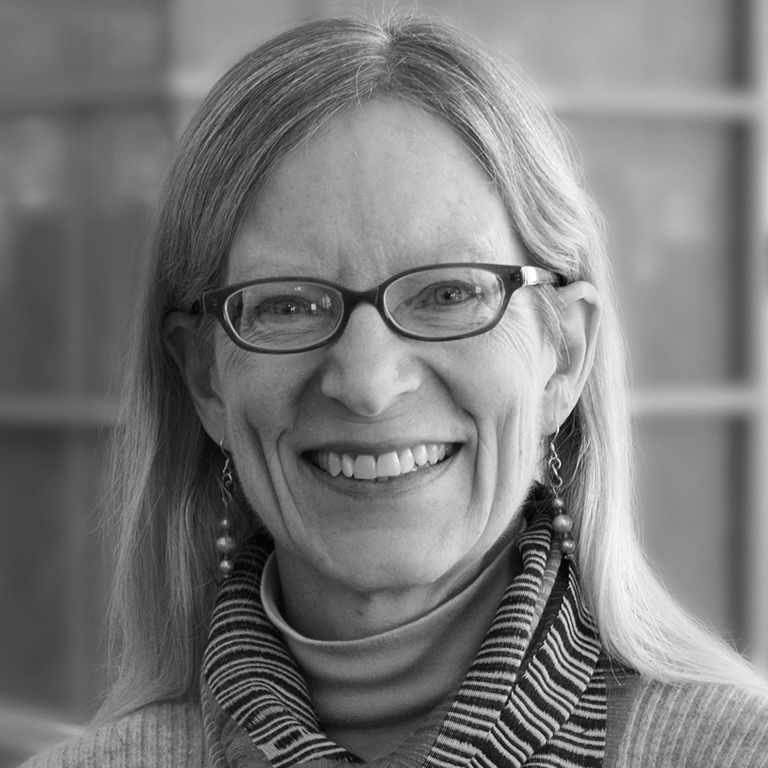Rai Peterson, Ball State University English Professor and Banned Books Week “Prisoner”
As a recent guest on the Uncle Dan and Sophie Jam, I lamented with Sophie Faught and Kurt Vonnegut’s friend Dan Wakefield that several eminent writers hail from Indiana, but you might not know it without trying to make it your business.
The half-life of literary fame is generally less than 30 years. The writers who popularized the “Hoosier Novel” in the first half of the 20th Century are largely forgotten today. Hamlin Garland, Booth

Tarkington, Ross Lockridge, Theodore Dreiser, and Gene Stratton-Porter are rarely anthologized, and similarly shaded are the reputations of Hoosier humorist Kin Hubbard and playwright Elmer Rice.
The Uncle Dan and Sophie Jam episode covered Kurt Vonnegut, of course, and then James Whitcomb Riley, but we also discussed Janet Flanner, Margaret C. Anderson, and Ernie Pyle. Indiana is culturally rich in living authors, too, such as the afore-mentioned Wakefield, Scott Russell Sanders, John Green, Susan Neville, James Alexander Thom, Karen Kovacik, Jeb Carter, David Ely, and many more.
We are surrounded by significant literary culture, but we have been lax about celebrating that.

I was party this week to field trips of eager-eyed students visiting the KVML. Uniformly, they were amazed and encouraged to learn that a world-famous author got started as a writer in Indianapolis public schools. Most thrilling to them was the implicit promise that they might be famous writers themselves someday.
Why don’t Midwestern kids automatically think of home as a place that produces famous writers? I had the same misconception while growing up in Iowa (in spite of its hosting the prestigious Writers’ Workshop where Kurt Vonnegut was a faculty member). We learned the chief products of states in school: beef came from Kansas, wheat from Nebraska, corn from Iowa, and writers came from that cluster of states on the east coast that were so small their names on maps had to be written on the ocean.
The anthologies we were assigned to read confirmed this impression. Authors’ biographies mostly listed them as living and working on the American coasts. Even Kurt Vonnegut, who went to Cape Cod to fulfill his mother’s ambition of making a living there as a writer, ended up in New York City after he became famous, although he tended a small flame for Indianapolis or “Midland City” in his heart.
I’ve been asking the plethora of college students who’ve made the pilgrimage to the Kurt Vonnegut Museum and Library this week where they want to go after graduation. Few want to return to their hometowns or stay near their college homes. They say that higher education both subtly and overtly teaches them that the best and brightest belong in America’s big cities, especially New York, Los Angeles, or Chicago.
I teach in a small Midwestern city that has been blighted by the loss of factory jobs. Its school system is struggling. It’s infrastructure, crumbling. But my students see potential in the town. In increasing numbers, they are electing to stay and build a Bohemian paradise in the airspace where industrialism sputtered.
They are responding to the internal struggle expressed in Hoosier writer Cathy Day’s essay published on Literary Hub, negotiating the tension between following the migratory path to big cities established by generations before them and staying put to make a difference.
Wrestling with this in her own young adulthood, Day asks:
“How do you become the person you need to become when there’s so much pressure [in the Midwest] to be “normal”? How are you supposed to stay down to earth and shoot for the stars? How do you live a literary, intellectual life in a state that values folksy wisdom and bristles at big words and big ideas? How do you become extraordinary and stay ordinary? –Cathy Day
Please support the people and organizations who are flipping the culture by encouraging the best and brightest to make a difference at home.

People ask what I’ve learned during a week of living in the front window of the Kurt Vonnegut Museum and Library. It’s this:
The most vital thing at the KVML is neither Kurt’s typewriter, nor the Nazi sword that he carried home from the war, nor the free-thinkers’ tract that Clemens Vonnegut published , and not even the candy box filled with rejection letters he received as a short story author—although those are a great source of inspiration to aspiring writers.
The real treasure of the Kurt Vonnegut Museum and Library is epistemological and ephemeral. It happens in the air between employees, volunteers, visitors, and guests—this is a place where ideas are heard, shaped, and valued.
Several KVML employees and interns and many of its volunteers are young alumni of local universities. They stayed because they put down roots through cultural organizations like the Library, and they find Indianapolis a congenial place to raise families. Several more of the regulars of this establishment are life-long locals or Baby Boomers. Everyone gathers here because Indianapolis is a good place to be a person.



